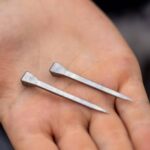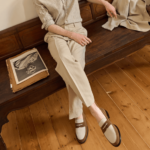If you’re looking forward to the upcoming winter and want to prepare for your first trip on the mountains, you’ll need to make sure you get the right clothing that will keep you warm and comfortable. When you think about preparing yourself for the mountain, fashion isn’t the first thing that comes to mind, but rather – layering. Wearing too much or too little clothes will either have you profusely panting and sweating or running to the nearest cafe every fifteen minutes to warm up.
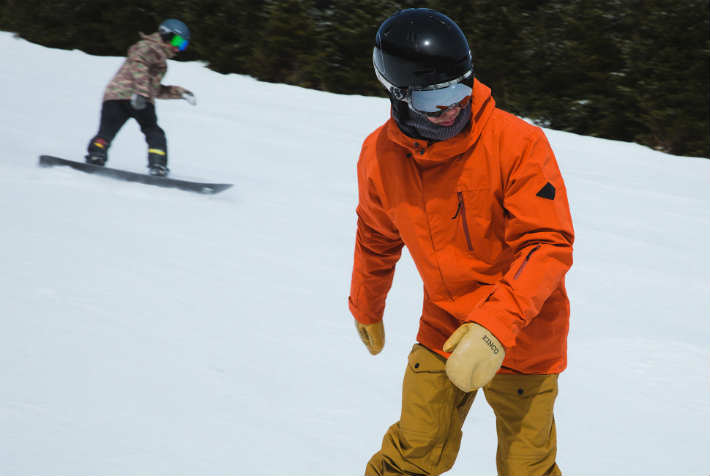
As a first-timer, getting it right can be difficult and it might take some trial and error. Luckily, we’re here to help you kick start your journey on the right foot. Keep in mind that everyone’s different, and this isn’t a one-size-fits-all solution. Also, consider how frequently you’ll be visiting the mountains. If you plan on getting serious about it, buying quality snow apparel from known brands like Atomic, Burton, Dakine, Faction, etc. is your best bet. Chances are, the clothes from these brands will take you through several seasons if you take care of them properly.
Layering for 10°C to 5°C
These are the temperatures you can expect in early pre-season or spring conditions on a glacier. As long as you’re constantly boarding or skiing, you don’t need anything more than a t-shirt and a hoodie. If you put anything more, you might get sweaty, and getting sweaty means getting cool quickly in the mountain air if you stop. If you usually feel the cold, however, you should also use a mid-weight thermal underneath the hoodie instead of a t-shirt.
Layering for 4°C to 0°
If your resort is around the 2000-1000 metre mark, chances are the temperature is going to be just above freezing. If you run hot, a mid-weight thermal piece that’s made of merino under your shell jacket will be enough to keep you comfortable. It may be kinda cold on the first few chairlifts going up, but once you get riding you’ll be warm and comfortable. It’s always better to be slightly cold on the way up than sweating when coming down. If you feel the cold, just add a tight-fitting thermal undergarment.
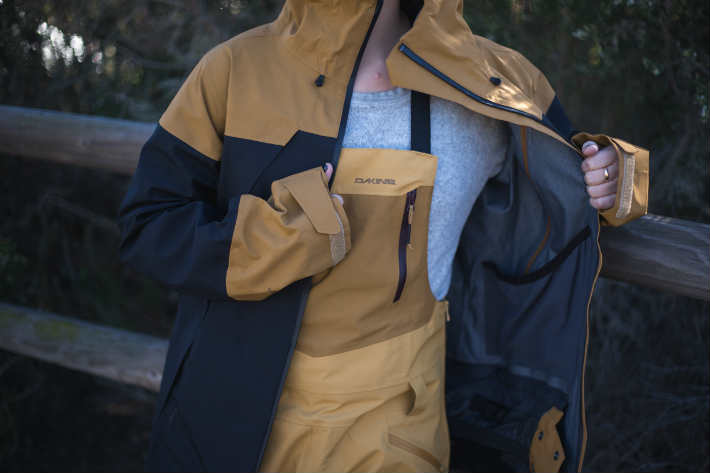
Layering for -1°C to -4°C
This is your average day on the mountain early to midseason and on most snowy tree-riding days. If you run hot, get a one-piece thermal that will keep you warm without putting too much extra weight, so you can ride comfortably in chilly temperatures without sacrificing too much movement. Something like a polyester base layer can also do, although this might be on the weightier side. If you usually feel the cold, you can add a hoodie or another thick mid-layer into the mix, or just use a well-insulated jacked instead of a shell one.
Layering for -5°C to -8°C
It’s not officially cold. These are the types of temperature’s you’ll find in the mid-season, and layering becomes really important here. If you just pile on hoodies and puffer jackets, you’re only going to sweat, and then freeze once you stop moving. If you run hot, you’ll need a lightly insulated middle layer (Patagonia or Burton make some of the best). A neckwarmer from Dakine can also make sure the breeze doesn’t get to you around the neck. This type of layering system will work great even if you’re running hot and just standing around in a blizzard. If you feel the cold, however, you’re in tough luck. You’ll want a double thermal combo and get a well-insulated mid-layer. At this point, you might even want to consider donning toasty glove liners under your gloves.
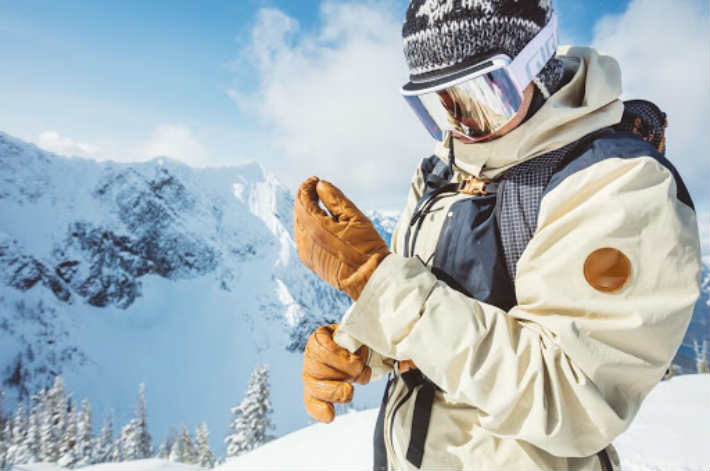
In every case, you want the outer layer to be completely waterproof. The base layer takes care of moisture-wicking, the middle layer takes care of insulation, so you’ll need a layer to protect these two from the elements, and that’s what outer layers do. Besides being completely waterproof, the layer should preferably be windproof as well. This is extremely important when you’re snowboarding or skiing, as you’ll be in close and frequent contact with snow. By making sure your other layers remain dry, the outer layer provides the best protection against the risk of hypothermia that’s caused by wet conditions.
A quality outer layer will come equipped with features that promote breathability to make sure you step dry both on the outside and inside. The jacket should have ventilation areas on the back and the sides and under the armpits. It should also have pockets for your goggles or ski passes. Lastly, it should feature a powder skirt to protect you from below by preventing snow from getting inside the jacket. Your trousers should also be waterproof, comfortable and lightweight, so they don’t restrict your movement.

